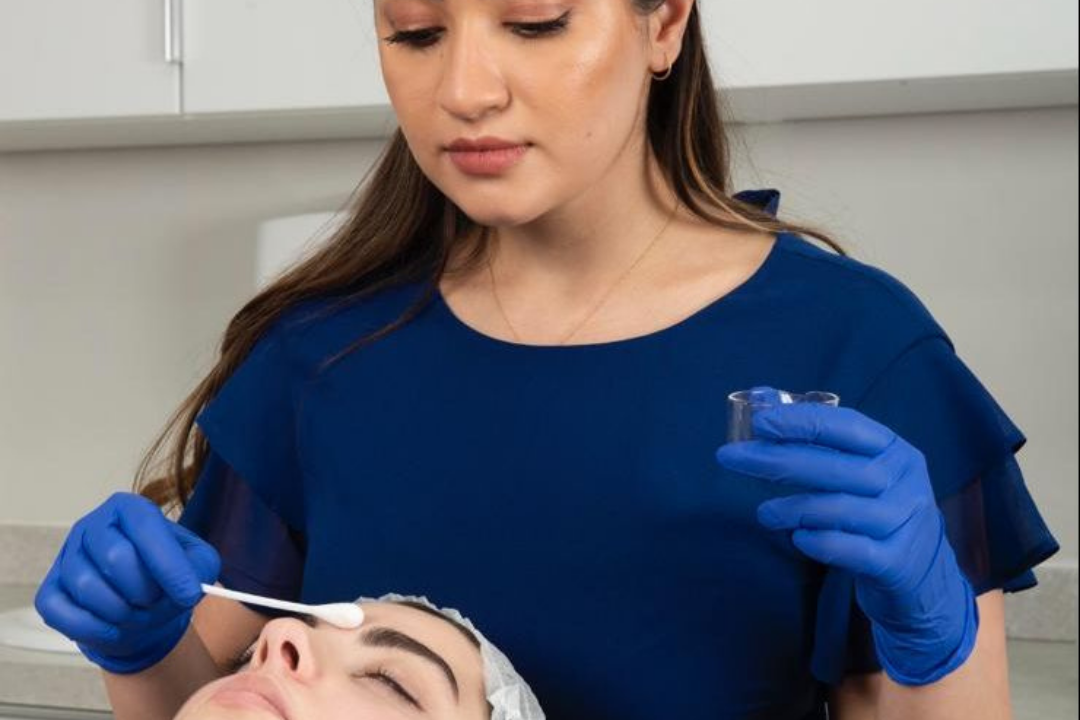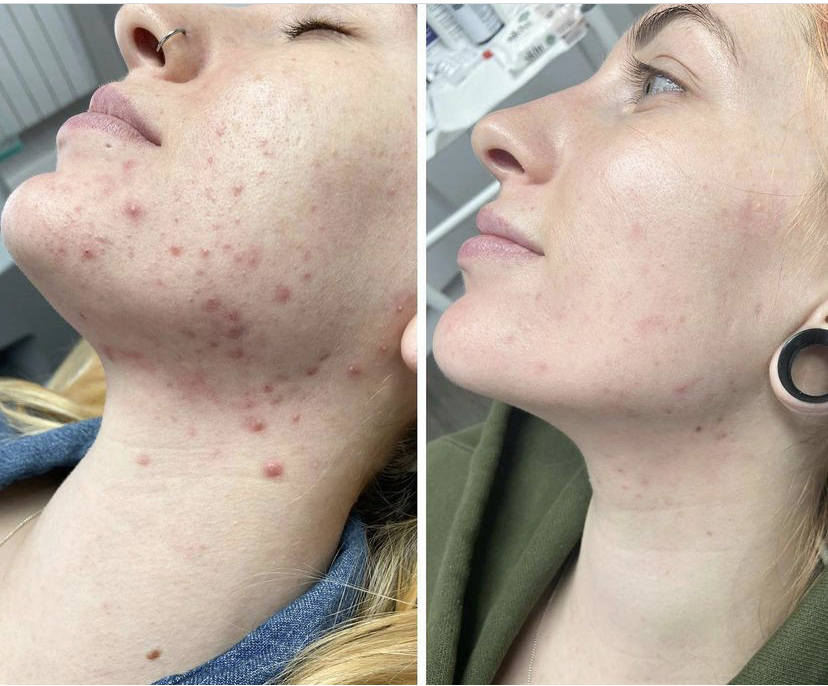Skin Health
The Ins and Outs of Getting a TCA Chemical Peel
Trichloroacetic acid (TCA) is the most common medium depth chemical peel used in the cosmetic field. If you are thinking about getting a TCA chemical peel, hopefully this article will explain the benefits and the process.
4 min read

Dr Yalda
January 07, 2022

What is a TCA chemical peel?
TCA chemical peel solution comes in various percentages ranging from 15-50%. The higher the percentage the more uncomfortable the treatment and longer the downtime is post-treatment. At Dr Yalda Clinics, we use 15-20% depending on skin type and concerns. We find that at this percentage the treatment is better controlled, tolerated and downtime is minimal.
It has many amazing benefits and remains a popular skin treatment at Dr Yalda Clinics. It is called "medium-depth" because it reaches the middle layer of our skin, known as the dermis. It is within the dermis that our collagen, elastin and hyaluronic acid is produced and regulated. TCA chemical peels exfoliate the outermost layers of our skin and promote skin rejuvenation. They are effective in:
- Brightening the complexion
- Improving pigmentation
- Reducing acne
- Reducing the appearance of pores
- Improving skin texture and scarring
- Reduces fine lines and wrinkles
It is said that winter is the best time for these medium depth peels due to lesser UV exposure. However, many live in countries that are warm all-year round. You just have to be sun safe and sensible. Although a single treatment will make a small difference, we advise a course of 3-6 treatments, spaced a month apart.
Who is it NOT suitable for?
Although it is a very non-invasive and accessible treatment, you will need a thorough consultation to assess suitability. There are many contraindications including (but not limited to):
- Pregnancy/breastfeeding
- Oral medication such as Isotretinoin
- Those exposed to continuous UV exposure
- Darker skin types (Fitzpatrick skin type 5 and 6)
- Keloid scarring
What to do before?
If your practitioner has deemed you suitable for this treatment you must:
- Stop using active ingredients such as retinol and acids for 7 days before your peel
- Not sunbathe or use a tanning bed at least a month before your treatment
- Not use self-tanning topical products for two weeks before your chemical peel
- Not have any injectable to cosmetic dermatology treatments within two weeks of your peel.
If you are at risk of post-inflammatory hyperpigmentation (PIH), your practitioner may decide to put you on a tailored skincare regime 4-6 weeks before your peel.
What to expect during the peel
The process is extremely quick. Your face will be thoroughly washed before the application of the chemical peel. Sensitive areas such as the corners of your eyes, lips and nose will be protected with vaseline (which will prevent the peel working in these areas). The peel is applied and left on your skin for approximately 3-5 minutes and then a final cream is applied which helps to soothe the burning and stinging feeling you may experience. Most patients tolerate this very short-lived sensation well and as soon as the final cream is applied, the sensation starts to reduce and disappear. Your practitioner's final step is to apply SPF before you leave and you should avoid UV exposure following your treatment. You are advised to wash the TCA peel away with a gentle cleanser 10-12 hours after your treatment. Time your treatment well if you want to avoid waking up in the middle of the night to wash your peel off!
What to expect after
Immediately after your peel, your face will appear red and a little frosty. Often people describe the appearance as "looking a bit burnt". The redness subsides by the next day and your skin will start to feel a little tight. Your skin will start to shed from day 3-4 and shedding can last up to 7-10 days.
Some rules to follow:
- Do not exercise/use saunas/use jacuzzi for 48 hours following your peel
- Avoid direct UV exposure (sunbathing and tanning) for at least 4 weeks after your peel. Something to consider if you have holidays planned
- Do not pick your shedding skin, this can lead to pigmentation.
- Do not use any active ingredients until your skin has stopped shedding for 7 consecutive days
- Apply SPF religiously, you don't want to do more damage
- Do not book any cosmetic treatments for at least 2 weeks post-treatment.
- Keep your face moisturised and reach out to your practitioner if you are concerned about any adverse effects.
